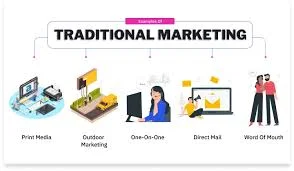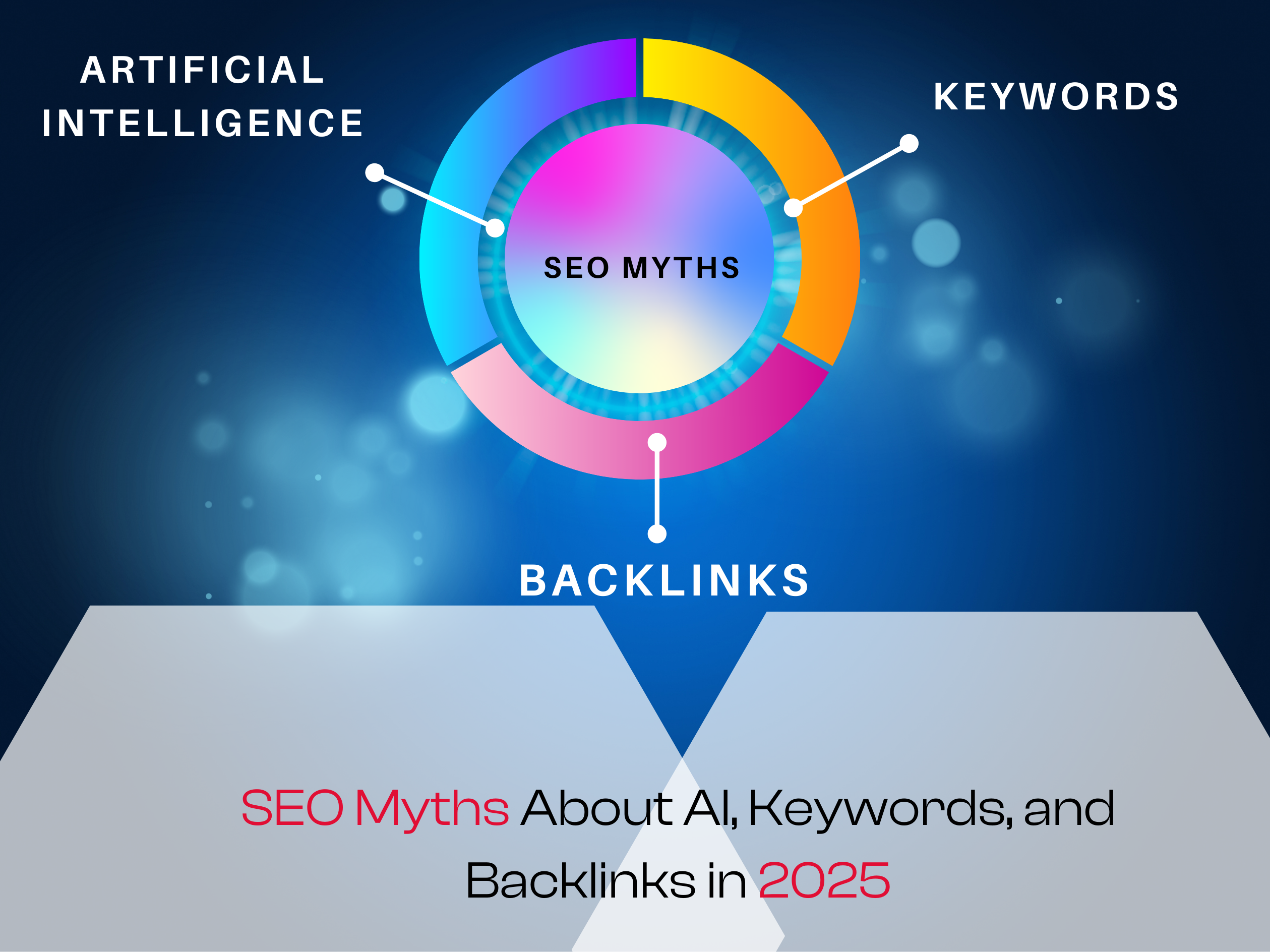Difference Between Influencer Marketing vs Traditional Marketing

Consumers are flooded with marketing messages in the digital age from all over the internet. Cutting through the noise and connecting with your target audience can feel like an uphill battle. This is where the debate between influencer marketing vs traditional marketing comes in. Both strategies have their merits, but understanding the key differences is crucial for crafting a winning marketing campaign.
Traditional Marketing: The OG of Brand Awareness
Traditional marketing channels like television commercials, billboards, and print ads have been around for decades. Their strength lies in their ability to generate broad brand awareness. A catchy jingle or a stunning billboard can leave a lasting impression on a large audience segment. Additionally, traditional marketing offers a sense of legitimacy and prestige, particularly for established brands.

However, traditional marketing also comes with some drawbacks. Firstly, it can be expensive. Creating high-quality TV commercials or securing prime locations for billboards requires significant financial investment. Secondly, targeting specific demographics can be challenging. A prime-time TV slot might reach millions, but a large portion of those viewers may not be interested in your product. Finally, traditional marketing often feels impersonal. Consumers are increasingly wary of overly polished ads and respond better to genuine connections.
Influencer Marketing: The Power of Trust and Authenticity
Influencer marketing, on the other hand, leverages the power of social media personalities to promote brands. Influencers have built engaged communities around their specific niche, whether it’s fashion, gaming, travel, or DIY projects. Partnering with the right influencer allows you to tap into their audience’s trust and loyalty. When an influencer you admire recommends a product, it feels less like an advertisement and more like a friend’s suggestion.

Influencer marketing offers several advantages over traditional marketing. Firstly, it’s often more cost-effective. Micro-influencers (those with smaller but highly engaged followings) can be a great option for brands with limited budgets. Secondly, influencer marketing allows for highly targeted campaigns. You can partner with influencers whose audience perfectly aligns with your ideal customer. Finally, influencer marketing feels more authentic. Consumers connect with influencers who share their interests and values, leading to a higher level of trust and brand advocacy.
Choosing the Right Approach: It’s Not Always Either/Or
So, influencer marketing vs traditional marketing – which one should you choose? The answer is, it depends. The best approach often involves a combination of both strategies. The following are some things to think about when choosing:
- Target Audience: Who are you trying to reach? If your ideal customer spends most of their time on social media, influencer marketing might be a better fit. However, if your target audience is older or less tech-savvy, traditional marketing channels may still be effective.
- Budget: How much can you afford to invest in your marketing campaign? Traditional marketing can be expensive, while influencer marketing offers a wider range of options to fit various budgets.
- Brand Image: What kind of image do you want to portray? Traditional marketing can project a sense of prestige, while influencer marketing can create a more relatable and authentic vibe.

- Campaign Goals: Are you looking to generate brand awareness, drive sales, or increase brand loyalty? Both traditional and influencer marketing can achieve these goals, but they may be more effective for different objectives.
Read More…….. https://sagartech.ae/blog/apple-marketing-strategy
The Future of Marketing: A Blend of Authenticity and Reach
As social media continues to dominate consumer behavior, influencer marketing will likely play an increasingly important role in marketing strategies. Conventional marketing avenues are still useful, though. The most successful campaigns will likely leverage the strengths of both to create a holistic marketing experience. By combining the broad reach of traditional marketing with the targeted engagement of influencer marketing, you can connect with your audience in a more meaningful and impactful way.
Ready to Take the Plunge?
Whether you choose influencer marketing, traditional marketing, or a blend of both, remember to focus on creating compelling content and building genuine connections with your audience. After all, in today’s world, consumers crave authenticity. By prioritizing trust and transparency, you can build lasting relationships with your customers and achieve your marketing goals.













